With so many beauty products to choose from, why are we so obsessed with the Korean skincare cannon?
Why are mainstream brands like Sephora, Urban Outfitters and Estée Lauder increasingly climbing on the Korean beauty bandwagon?
Why is that Korea seems to be about seven years ahead of every beauty curve, every single year?
Why is that beauty has become the second biggest industry after technology in Korea (last year, the country racked up $719.34 million in beauty exports alone)?
Why is it that it’s a beauty company (AmorePacific) that lists at number six in market capitalisation on the country’s stock exchange (KOSPI)? Something that would be unheard of anywhere else in the world?
The answers are simultaneously simple and complex: K-beauty, as it has come to be known, is the product of a country that takes its skincare very, very seriously. The emphasis here is on smooth, glowing, blemish-free skin, rather than layered on makeup or camouflage.
This has fuelled some of the most cutting edge R&D labs in the world, which combine traditional knowledge with pathbreaking innovations. And amidst their biggest benefactors is the Korean government itself, which regularly funds cosmetic companies and flies researchers abroad to pick up fresh knowledge.
Added bonus: Most K-beauty products are priced well within our AND you can get them almost anywhere. So, what are you waiting for? Let’s see what’s in store for 2016.
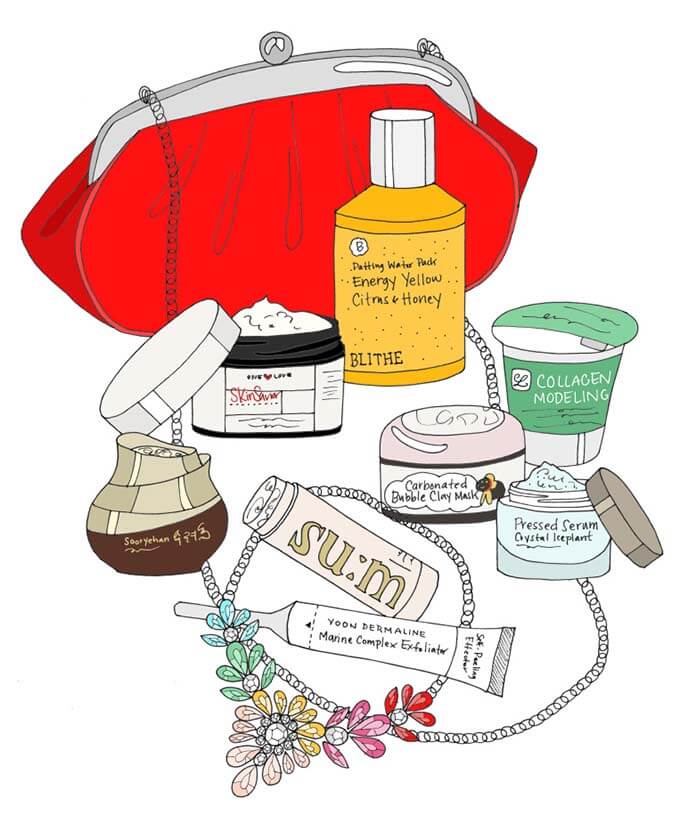
15-second splash masks
Contrary to popular belief, not all Koreans have the time (or patience!) for the legendary 14-step skincare regimen. At least not every single day. So, the ever-ingenious K-beauty gurus have created a 15-second mask for when there is no time to put on a face mask, wait for it to dry, rinse and try to get all the residual bits and pieces out of your hair and eyes and nose (personal experience: don’t ask!).
Also known as ‘patting water packs’, this K-beauty innovation is inspired by old time rice water or milk masks. They come in liquid form and are a blend of high potency lactic acid (to exfoliate), botanicals (antioxidant) and glycerin (moisturising). Result: Smooth, supple, glow-y, sans the waiting time
To apply, you simply pour the liquid splash mask into a bowl of water, stir and pat the mixture onto your skin. An easier way that doesn’t involve doing additional dishes: pour the liquid into your palms, pat it onto the skin and follow with a splash of clear water. Easy, right?
TBG recommends: Blithe Patting Splash Mask, US$48
Fermented skincare
The land of kimchi obviously has to be way ahead on the trend for fermented-everything that’s sweeping over the world. It has, in fact, taken it from our plate to our faces, with fermented skincare becoming the latest buzzword.
And it works. In multiple ways: Fermenting breaks down the molecular structure of various ingredients into smaller particles, which allow them to be absorbed more easily by the skin, sans irritation. It also concentrates the active ingredients, making them more potent.
Plus, fermenting completely bypasses the heating process (hence higher efficacy) and does away with the need for parabens as fermented ingredients are inherently self-preserving. And as if that wasn’t enough, the metabolic process of fermenting produces hefty amounts of probiotics, B-vitamins, natural enzymes and amino acids… all of which make these products super-nutrient-dense.
TBG recommends: Sooryehan Hyo Fermented Oil Cream, US$67.90
Waterless products
There is a reason purified water is the first (and most voluminous) ingredient listed on most skincare products. For centuries, we’ve thought of it as the best medium for delivering other active ingredients to the skin. Plus, it’s cheap, making it a great way to bring down costs for the brand.
Unfortunately, science shows that water may not be the best thing for your skin – at least when applied topically. That’s because plain H2O evaporates quickly, taking with it skin’s natural oils and moisture via osmosis. This leaves skin even more dehydrated.
Since dewy, super-smooth skin is the holy grail of Korean beauty, we now have a move towards waterless skincare products. These swap the more economical H2O for potent actives, like botanical extracts, natural oils and hyaluronic acids to keep skin hydrated while providing additional nutrients as well. Win-win, right?
TBG recommends: One Love Organics Skin Savior Waterless Beauty Balm, US$49
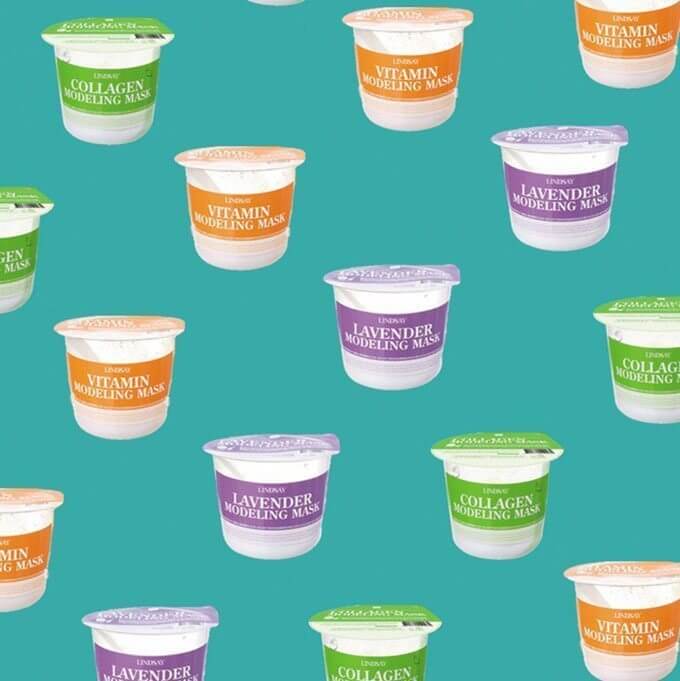
Modeling masks (aka the next-generation sheet masks)
As if you needed further proof that Koreans are about seven years ahead of us mere mortals where skincare is concerned, let me introduce you to #rubbermasking. The first beauty trend that comes with its own hashtag, these modeling masks start off as a powder that solidifies into a rubbery coating when mixed with water and allowed to dry on your face. This transformation happens due to the presence of a kelp extract called alginate.
Why is it a step up from normal sheet masks? Modeling masks adhere super-closely to the contours of your face. This ensures the active ingredients (which could be anything from antioxidant green tea to detoxifying charcoal) remain in constant contact with the skin and not even are wasted. Plus, when you peel off the mask, it lifts away dead skin and impurities as well.
Special bonus: Peeling away a modeling mask from your skin is the most fun, gratifying experience EVER!
TBG recommends: Lindsay Modelling Rubber Mask, US$11
Carbonated face masks
Washing the face with sparkling water has long been a beauty practise in Japan and Korea, due to the bubbly’s super pore cleansing, toning and firming abilities. Carbonated face masks take this multiple steps further with carbonic acid, which draws out all impurities from the skin, leaving it feeling fresh, toned and detoxed.
The carbonic acid is usually blended into a spongy paste with mineral-rich glacial mud from Canada. When massaged into the skin, this paste starts bubbling up (which is loads of fun in its own right!). Wash it off and you have some seriously, seriously clean skin.
TBG recommends: Elizavecca Milky Piggy Carbonated Bubble Clay Mask, US$11
Cleansing sticks
This one’s my personal favourite: Solid oil-based cleansing sticks that melt on contact with the skin and rinse off as easily as soap. Because they’re solid, you won’t find them spilling all over your bag, making for easy portability. And the action of rubbing one into your skin also makes for an effortlessly luscious face massage, which is something we could all have more of in our lives!
TBG recommends: SU:M37 Miracle Rose Cleansing Stick, US$26
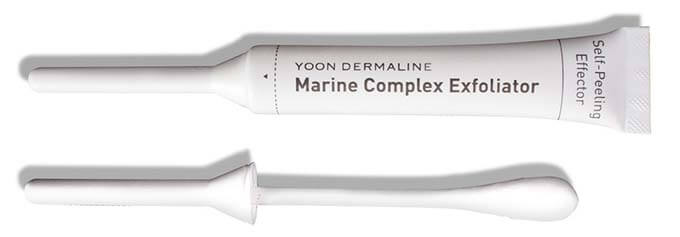
Aqua peels
Two words that I never thought would go together: Moisturising peels. Because peels don’t moisturise. They are a necessary evil that lift away deep seated impurities and dead cells but leave you with dry, sting-y, flakey skin.
Unless you are in Korea, where dermatologists have long been doing an in-office treatment where a machine exfoliates the skin, while simultaneously providing a hefty surge of moisture.
The at-home version looks like a giant Q-tip, which is pre-soaked with a blend of glycol acid to exfoliate and concentrated botanicals to hydrate. You snap open the package and run the Q-tip all over your face, concentrating on the problem areas, like the T-zone. And that’s it: You don’t have to wash it off. Just go on with your regular skincare regimen.
TBG recommends: Yoon Dermaline Marine Complex Exfoliator, US$6
Pressed serum
Waterless skincare + fermentation = Pressed serums
Pressed serums = Beauty’s ultimate multitasker
What if you could combine your serum and moisturiser and face mask into one easy product? Yes, that’s the genius of K-beauty. Pressed serums have all the potency of a serum, along with the serious boost of hydration that only a moisturiser could provide till now. They have a lightweight, jelly-like texture that literally melts into the skin.
These pressed serums have an active ingredient concentration of at least 60%, which brings them to the level of serum potency. Plus, the ingredients are processed via slow cooling, rather than heat, to retain maximum efficacy.
Along with pressed serums use fermented oils in the base (instead of purified water), which help boost absorbency and moisture, minus any greasiness. So yes, you can skip an additional layer of moisturiser altogether. And you can even use a thick layer at night as a sleeping mask, making these skincare’s ultimate multitasker.
TBG recommends: Blithe Crystal Iceplant Pressed Serum, US$49
Tried any Korean skincare product lately? Have any recommendations for us?
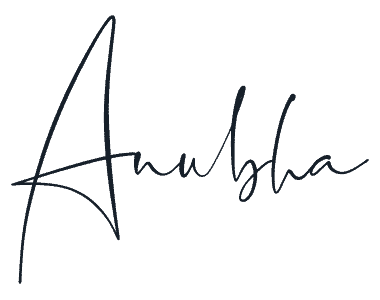
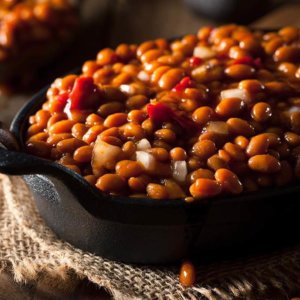
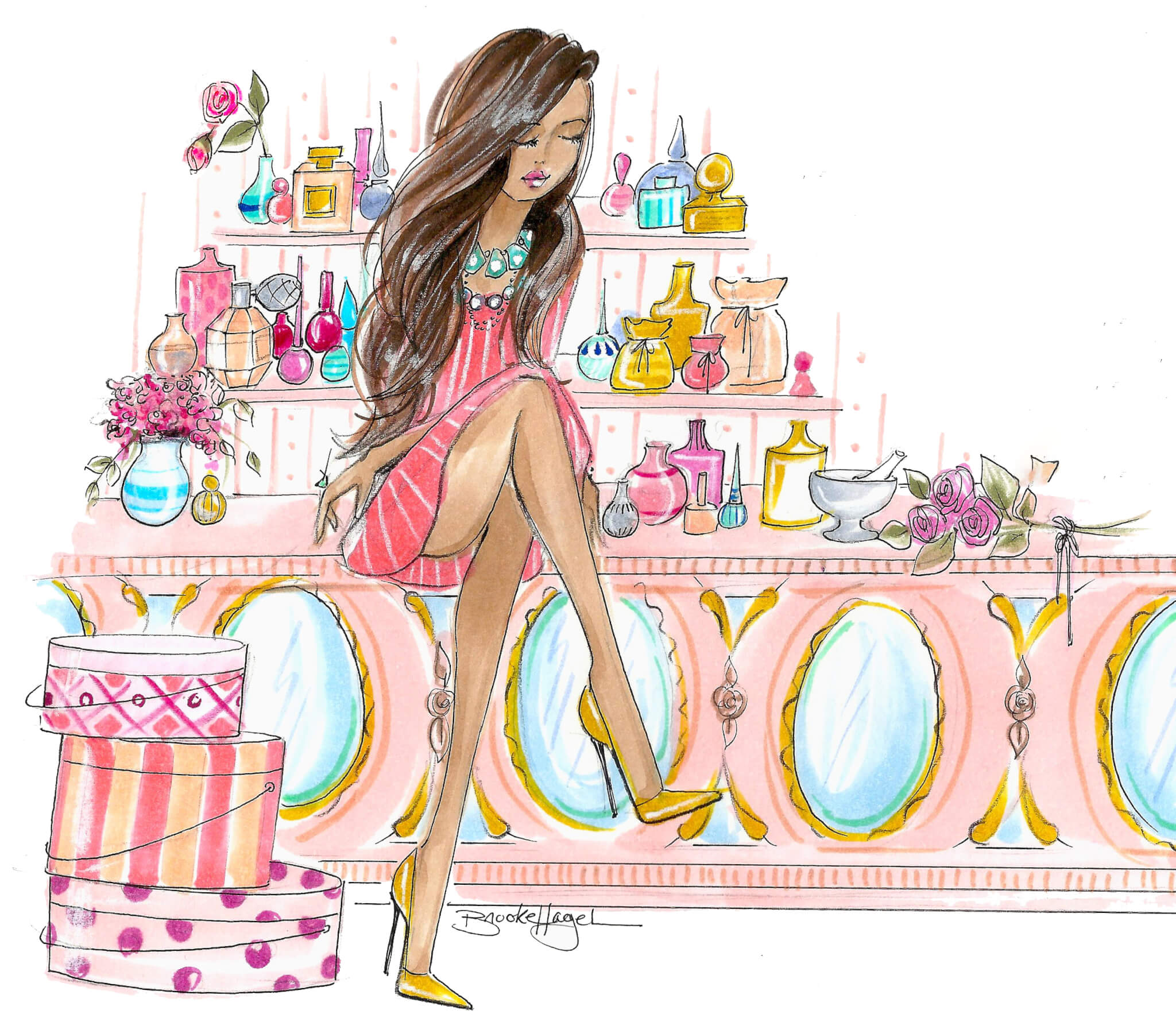
Mel says
OMG! I need to start trying some of these! Like asap!
princessoftherain says
Pressed serums, what an innovation!